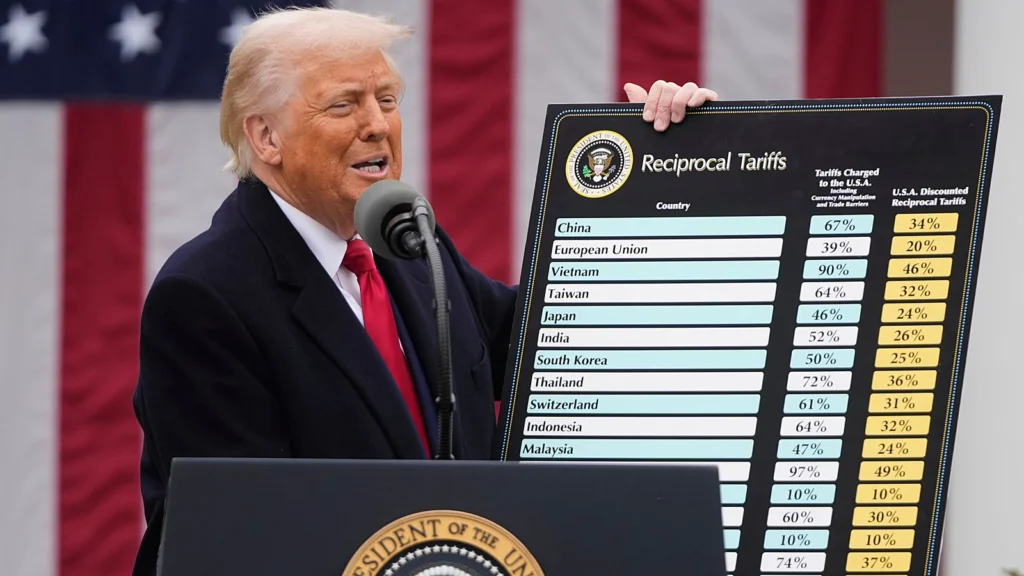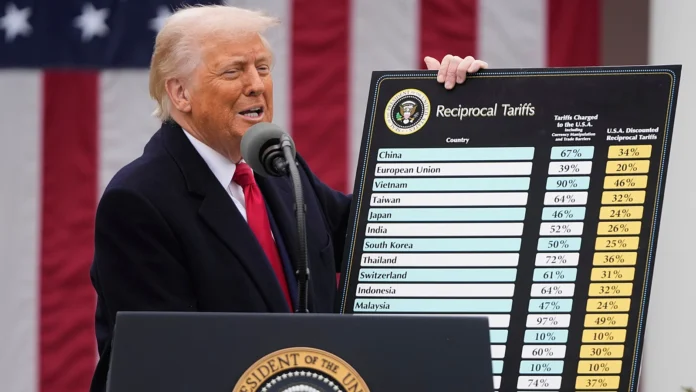
Washington D.C.: U.S. President Donald Trump has once again taken a strong stance on international trade, publicly calling India the “most tariffed nation” in the world. In a significant declaration, President Trump stated that his administration would not engage in further trade talks with India until the country significantly lowers its import tariffs.
This latest statement underscores the ongoing friction in trade relations between the two nations, which have historically been complex. President Trump has consistently advocated for what he terms “fair trade,” often criticizing countries with high tariff barriers against American products. His remarks suggest a potential hardening of the U.S. position, putting pressure on India to re-evaluate its tariff structures
Implications for India US Trade
India has, for years, maintained higher tariffs on various imported goods, particularly in sectors where it aims to protect domestic industries or promote local manufacturing. While these tariffs are seen as necessary by some within India to foster self-reliance, they have frequently been a point of contention for the U.S.
President Trump’s latest ultimatum could lead to several outcomes:
- Stalled Negotiations: Trade discussions, which have seen intermittent progress, are now likely to be put on hold indefinitely.
- Economic Pressure: The U.S. might explore other avenues to pressure India, although direct sanctions or new tariffs were not explicitly mentioned in this statement.
- Domestic Debate: The statement will undoubtedly ignite further debate within India regarding its trade policies and the balance between protecting domestic industries and fostering international trade relations.
Previous Trade Tensions
This is not the first time trade has been a flashpoint between the U.S. and India during the Trump administration. Earlier, the U.S. removed India from its Generalized System of Preferences (GSP) program, which had allowed duty-free entry for certain Indian products into the U.S. market. India, in turn, retaliated with tariffs on several U.S. goods.
President Trump’s firm declaration is a clear signal that trade imbalances will remain a top priority for his administration. The ball is now in India’s court to decide how it will respond to this latest challenge in its crucial economic relationship with the United States.
U.S. trade relations:
| Implication | Details |
|---|---|
| Stalled Negotiations | Ongoing trade talks are likely to be paused indefinitely, reducing chances of near-term agreements. |
| Economic Pressure | U.S. may use indirect measures to pressure India, such as stricter trade policies or reduced cooperation in other sectors. |
| Domestic Debate | Sparks internal discussions in India on whether to maintain high tariffs for protecting industries or reduce them to ease U.S. tensions. |
| Impact on Businesses | Indian exporters may face uncertainty, while U.S. businesses may continue to struggle with restricted access to Indian markets. |
| Strategic Relations | Could create diplomatic strain, affecting broader cooperation beyond trade, including defense and technology. |





